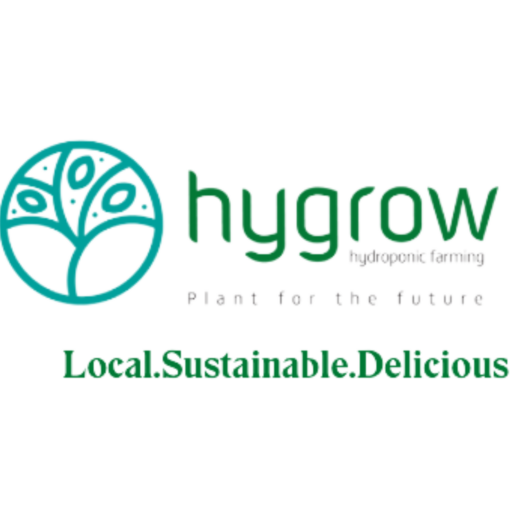
Growing in the desert.
The Middle East, known for its arid climate and limited arable land, is witnessing a transformative shift in agriculture with the emergence of vertical farming. As urbanization continues to reshape the region, the need for sustainable and efficient food production methods has never been more crucial. Enter vertical farming, a cutting-edge solution that is turning city skylines into green havens.
Addressing Environmental Challenges:
The Middle East faces unique environmental challenges, including water scarcity and extreme temperatures. Vertical farming addresses these challenges by employing closed-loop hydroponic and aeroponic systems, which use significantly less water compared to traditional farming. Additionally, the controlled indoor environments allow for precise regulation of temperature and humidity, creating optimal conditions for plant growth.
Maximizing Limited Space:
With a rapidly growing urban population, available land for traditional agriculture is increasingly scarce. Vertical farming offers a way to maximize space by growing crops in stacked layers within urban structures. Skyscrapers, once solely symbols of modernity, are now becoming green hubs of agricultural innovation.
Year-round Harvests:
The Middle East’s climate is characterized by extremes, from scorching summers to cooler winters. Vertical farms provide a solution by enabling year-round cultivation regardless of external weather conditions. This not only ensures a consistent food supply but also reduces the region’s dependence on seasonal imports.
Localizing Food Production:
Vertical farming in the Middle East is contributing to the movement towards greater food self-sufficiency. By growing food locally, countries in the region can reduce their reliance on imports and enhance food security. This shift aligns with the broader goal of building resilient, self-sustaining urban ecosystems.
Technological Innovations:
The adoption of state-of-the-art technologies is a hallmark of vertical farming in the Middle East. Automated systems, precision agriculture techniques, and artificial intelligence are integrated to monitor and optimize the growth conditions of crops. This not only increases efficiency but also positions the region at the forefront of agricultural innovation.
Economic Opportunities:
The urban agriculture revolution in the Middle East brings with it economic opportunities. Vertical farming creates jobs in technology, engineering, and agriculture, contributing to the region’s economic diversification. Moreover, the export potential of locally grown, high-quality produce can bolster international trade.
Overcoming Skepticism:
While the benefits of vertical farming are evident, there remains a need to address skepticism and misconceptions. Public awareness campaigns and educational initiatives can play a crucial role in fostering understanding and acceptance of this transformative agricultural method.
In conclusion, the urban agriculture revolution fueled by vertical farming is reshaping the Middle East’s approach to food production. As cities embrace this sustainable and innovative solution, the region is not only mitigating environmental challenges but also building a more resilient and self-sufficient future. With technological advancements and growing awareness, vertical farming stands as a beacon of hope for sustainable urban agriculture in the Middle East.
